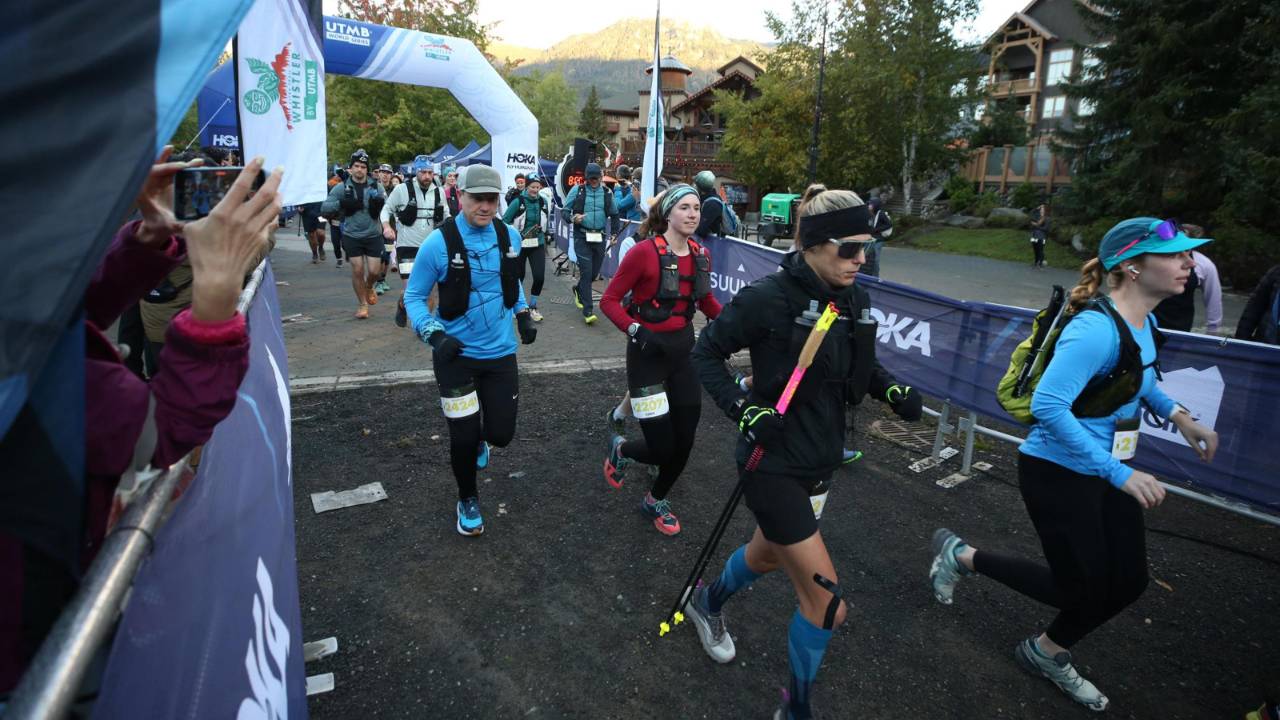Off-Season Strength for The Endurance Runner
Oct 12, 2025
What does the off-season truly look like for the serious endurance runner?
If we're honest, as runners, we often get caught in the habit of just running. We love the trails and the miles, but if your goal is truly to optimize performance and improve each race season, your training must go in cycles. If you’re content with running purely for fitness with no goal for improvement, then by all means, set your weekly mileage goal and stick to it.
But if you have big goals—longer distances, faster climbs, or a finish line without pain—it is imperative that you take a post-season or an off-season to dial back your mileage and strategically build your strength.
The Science is Clear: Strength Makes You Efficient and Injury-Proof
Over a season of high mileage, we inevitably develop muscle imbalances, joint micro-traumas, and fatigue. The off-season is the dedicated time to correct those foundational issues. This isn't just theory; the research proves it:
- Boosted Running Economy: Strength training, particularly high-load or explosive work, has been shown to improve running economy (how efficiently you use oxygen) by 2% to 8%. For a long-distance runner, being 2-8% more efficient is a game-changer when you hit the later miles of a race.
- Increased Endurance: Studies show that runners who incorporate strength training can increase their time to exhaustion at maximal aerobic speed by up to 21%. That means fewer walls hit during those grueling climbs!
- Bulletproofing Your Body: By strengthening the muscles and connective tissues that handle the impact of running, you stabilize the joints that might be prone to injury. The off-season strength work ensures your body can handle that adversity.
The Three Phases of Off-Season Strength
A well-designed off-season program is not complicated, but it must be progressive. Just like your running program, you can’t do the same thing for 10 weeks and expect maximum results.
- Phase 1: Addressing the Issues (Rehabilitation & Balance): We first deal with any muscle imbalances or lingering aches you accumulated throughout the season. We build the base strength and stability necessary to support higher volume without pain.
- Phase 2: Building Fatigue Resistance (Muscular Endurance): Once balanced, we start building fatigue resistance. This means building resilient quads so that when you’re climbing that hill in mile 40, your muscles don't fail you. You are building the deep strength that delays muscular fatigue.
- Phase 3: Power and Performance Prep: Finally, you start incorporating power exercises (like plyometrics) and sports-specific movements (balance drills, downhill-eccentric loading) to prepare your system for the high impact and agility demanded by the trails.
There are a thousand different ways to build strength in the off-season, but the most important thing is that you have a plan and you follow through.
There are going to be days where you wake up, feel good, and know that hitting the trail is easier than doing the work in the gym. Be honest with yourself: you have months of training ahead and big goals. Sometimes, reaching those big goals means doing what you *need* to do, and not always what you want to do.
Ready to make next season your best season?
Don't guess at your off-season training. Let my expertise as a Physical Therapist and experienced trail coach guide you through a proven, science-backed program.
Stay connected with news and updates!
Join our mailing list to receive the latest news and updates from our team.
Don't worry, your information will not be shared.
We hate SPAM. We will never sell your information, for any reason.

